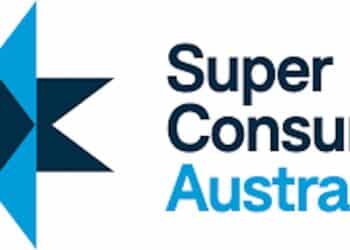Naz Randeria, managing director of Reliance Auditing Services, says that rather than create fear of failing compliance, an auditor contravention report (ACR) provides an opportunity for trustees to gain clarity and guidance on any necessary rectification steps.
“Compliance is an integral part of the SMSF sector and as part of understanding their regulatory requirements, it’s vital trustees also understand ACRs.”
“However, while a single contravention may be rectifiable, repeated or unaddressed breaches can have serious consequences including potential trustee disqualification.”
Education is key to compliance for SMSF trustees, including understanding ACRs as they are a vital regulatory tool that helps uphold the integrity of the SMSF sector and ensures funds continue to meet their compliance obligations effectively.
“With the number of SMSFs in Australia growing year on year, there is much discussion around the responsibilities and reporting obligations of trustees, but what happens when a breach occurs and an ACR is issued?” Randeria said.
“While not to be taken lightly, there is often a heightened sense of fear and confusion around ACRs both from trustees and other financial service providers, so it’s important to note that an ACR does not constitute an allegation of wrongdoing or financial impropriety, but is an evidence-based statement of fact that outlines the specific breach, along with any corrective actions required or already undertaken.”
Various breaches can trigger an ACR and trustees need to be educated on the nuances that exist between them.
Randeria explained that a rectified breach occurs when the trustee has failed to comply with a regulatory requirement that must then be reported to the ATO via an ACR, however the non-compliance has been corrected.
“As an example, if an SMSF member withdraws funds without a valid condition of release, a breach has occurred.”
“If the funds are repaid and the balance is restored, regardless of how quickly this may occur, an ACR must still be lodged, but the auditor will mark it as rectified.”
An unrectified breach is slightly different.
“Once a trustee becomes aware of a contravention, they are obligated to correct it as soon as possible. However, if at the time of an auditor lodging an ACR the matter has not been suitably corrected, the report will be lodged as unrectified,” Randeria said.
“This occurs even if actions have been taken to begin to rectify the breach, although the ACR may identify that rectification is in progress.”
Furthermore, an unrectified breach may result in closer scrutiny from the ATO, with the potential of penalties, directions to bring the fund back into compliance or, in the case of repeated breaches, disqualification.
Randeria continued that a non-rectifiable breach is the most important ACR to understand and has occurred outside the trustee’s control.
“Such an example can be highlighted in the complex nature of providing asset valuation. There are times when supporting documentation is unable to be obtained – or may not even exist – such as in the case of comparable data for regional property.”
“In this instance, an auditor would be required to lodge an ACR to notify the ATO that there is a lack of supporting documentation to substantiate the market valuation.”
Moreover, Randeria said in some instances of a non-rectifiable breach, if a trustee and/or qualified professional are unable to obtain the documents to satisfy compliance requirements, the ATO is also likely to face the same challenges.
“It’s also important to understand that current reporting criteria means auditors are obligated to report all contraventions exceeding $30,000 or 5 per cent of total fund assets – whichever is lower. However, this threshold has existed for decades and remains unindexed.”
With rising inflation and the significant increase in asset values and property prices, more superannuation funds are likely to exceed regulatory thresholds in the future.
“This could result in a greater number of ACRs being issued, increasing the compliance obligations across the sector.”


